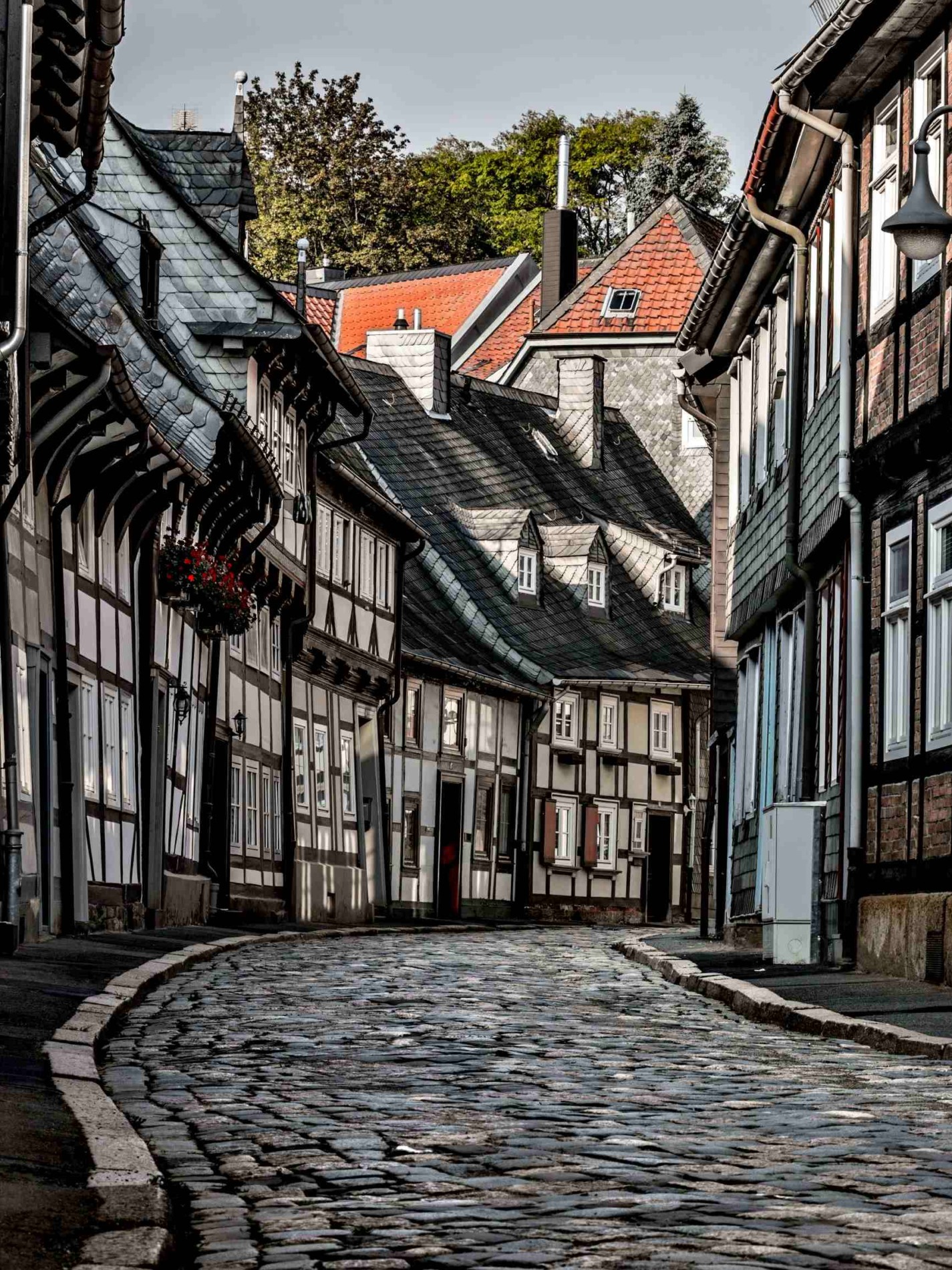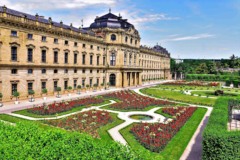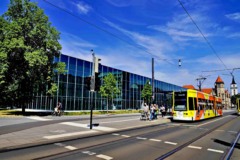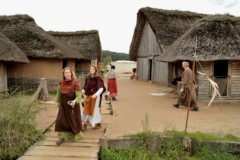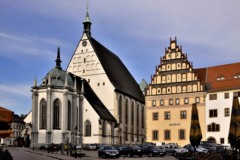Rammelsberg Mine Goslar Town Harz Water System: The Mines of Rammelsberg, the Historic Town of Goslar and the Upper Harz Water Management System are UNESCO World Heritage Sites located in the Harz Mountains region of Germany. It consists of three interconnected components that showcase the historical importance of mining, the medieval town of Goslar, and the unique water management system in the Upper Harz region.
Rammelsberg Mine Goslar Town Harz Water System
The Rammelsberg, along with the historic town of Goslar, was designated a UNESCO World Heritage Site in 1992. In 2010, this UNESCO Site was expanded to include the Upper Harz Water Regale, Walkenried Abbey, and the historic Samson Pit. On the European Route of Industrial Heritage (ERIH), the Rammelsberg Museum and Visitor Mine serves as an anchor.
Mines of Rammelsberg
The Mines of Rammelsberg were in operation for over a thousand years, from the 10th century until 1988. They were one of the largest and most productive mining operations in the world and played a significant role in the extraction of copper, lead, and zinc. The site includes underground mines, surface mining facilities, processing plants, and mining infrastructure. It provides insights into mining techniques, technology, and the social and economic impact of mining in the region.
Historic Town of Goslar
The town of Goslar is a beautifully preserved medieval town with a rich history. It was an important center of mining, trade, and political power during the Middle Ages. The town features narrow, winding streets, half-timbered houses, and significant architectural landmarks such as the Imperial Palace, the Market Square with the Town Hall, and numerous churches. The historic center of Goslar provides a glimpse into medieval urban life and the cultural heritage of the region.
Upper Harz Water Management System
The Upper Harz Water Management System is an engineering marvel that was developed over several centuries to provide water power for mining operations. It consists of a network of artificial ponds, ditches, channels, and reservoirs used to transport and store water.
The system harnessed the power of water to operate mining machinery, pumps, and ore processing facilities. The Upper Harz Water Management System is an exceptional example of early industrial water management and its integration with mining operations.
Together, these three components of the UNESCO World Heritage Site highlight the interconnectedness of mining, urban development, and technological advancements in the region. They offer insights into the economic, social, and technological history of mining and its impact on the development of the Harz Mountains region.
Visitors to the site can explore the mines, the historic town of Goslar, and the water management system. They can visit museums, underground mine tours, and historical sites to learn about the mining industry, medieval life, and the engineering achievements of the water management system.
The UNESCO World Heritage designation recognizes the outstanding universal value of the Mines of Rammelsberg, Historic Town of Goslar, and Upper Harz Water Management System, preserving them as important cultural and historical landmarks. They provide a fascinating window into the region’s industrial heritage and its significance in shaping the history of mining and urban development in Germany.
Rammelsberg Heritage Traveling
Heritage traveling to the Mines of Rammelsberg, the historic town of Goslar, and the Upper Harz Water Management System is a fantastic choice for exploring Germany’s rich cultural and industrial history. Here’s some information to enhance your trip:
Mines of Rammelsberg
The Mines of Rammelsberg, located near Goslar in the Harz Mountains, were once the largest underground mine in the world for extracting copper, lead, and zinc. The mine operated for over 1,000 years, from the 10th century until its closure in 1988. Today, it is a UNESCO World Heritage Site and offers visitors the opportunity to explore the underground tunnels, visit the mining museum, and learn about the region’s mining heritage.
Historic Town of Goslar
Goslar is a charming town that has preserved its medieval character. Its historic center is a UNESCO World Heritage Site and is known for its well-preserved half-timbered houses, narrow streets, and picturesque squares. The town’s most iconic landmark is the Imperial Palace (Kaiserpfalz), which was once the residence of German emperors. Other notable attractions include the Market Square, the Town Hall, and the Goslar Museum.
Upper Harz Water Management System
The Upper Harz Water Management System is a remarkable engineering achievement that dates back to the 16th century. It comprises an extensive network of reservoirs, channels, and waterways used to supply water to the mines for powering waterwheels and facilitating ore extraction. This system, which covers over 8,000 hectares, ensures a reliable water supply for mining operations.
Today, it is recognized as a UNESCO World Heritage Site and offers visitors the opportunity to explore the various reservoirs, walk along the water channels, and learn about the region’s mining and engineering history. Enjoy your heritage travel experience to the Mines of Rammelsberg, the Historic Town of Goslar, and the Upper Harz Water Management System!
Tips for your trip
- Plan to spend at least a full day exploring each site to fully appreciate its historical significance.
- Check the opening hours and guided tour schedules in advance, as they may vary depending on the season.
- Wear comfortable shoes and dress appropriately, as some areas may involve walking or climbing stairs.
- Consider purchasing a combined ticket if available, as it may offer cost savings for visiting multiple sites.
- Take advantage of the guided tours and visitor centers at each location, as they provide valuable insights into the history and significance of the sites.
- Don’t forget to explore the surrounding natural beauty of the Harz Mountains, which offer hiking trails, scenic vistas, and additional attractions such as the Brocken, the highest peak in Northern Germany.
